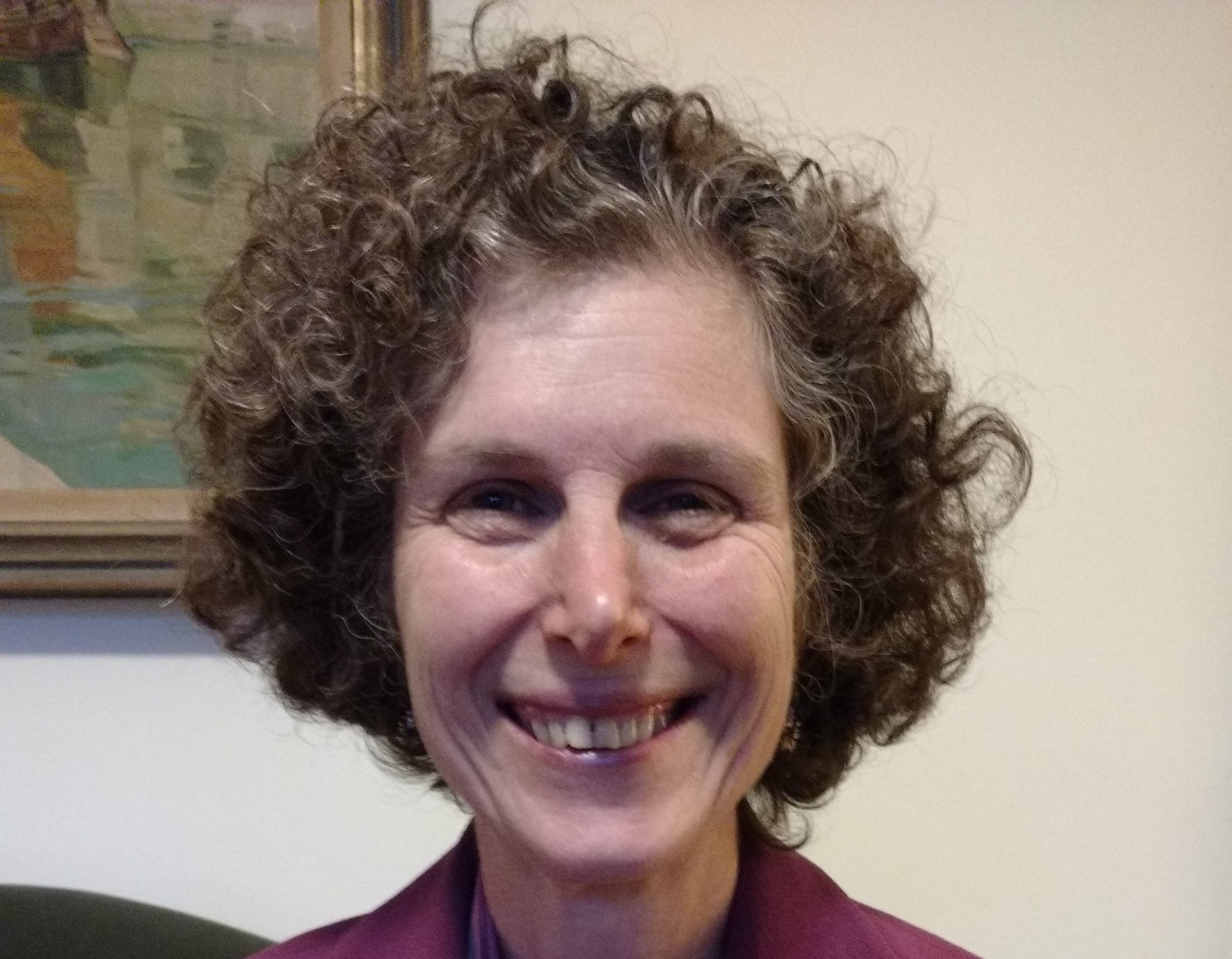“…a woman who has one breast and refuses to hide that fact …is seen as a threat…Yet, when Moishe Dayan, the Prime Minister of Israel, stands up in front of parliament or on TV with an eyepatch over his empty eyesocket [sic], nobody tells him to go get a glass eye…if you have trouble dealing with Moishe Dayan’s empty eye socket, everyone recognizes that it is your problem to solve, not his.” Audre Lorde, The Cancer Diaries, pp. 51-2.
In reflecting on her post-surgical experience as a breast cancer patient, poet and Black lesbian feminist Audre Lorde encapsulates differential, gendered cultural responses to scarring and injury. When Lorde walks into her doctor’s office, 10 days post-mastectomy, she is told by a nurse in the office of “one of the top breast cancer surgeons in New York City” to wear a prosthesis, as coming in without one is “bad for the morale of the office.” The visible evidence of having had a breast removed, and failing to conform to both performative and aesthetic norms for femininity, offends and threatens medical staff who are well-versed in the consequences of mastectomy. In contrast, Moishe Dayan’s eye patch brands him as a warrior and a hero. In a few powerful lines, Lorde communicates core tenets of work done by feminist and disability studies scholar Rosemarie Garland-Thomson. Garland-Thomson’s classic paper, “Integrating Disability, Transforming Feminist Theory,” was published in 2002; her work continues to be a touchstone for people who write about disability and women’s rights.
Key points from Garland-Thomson’s classic paper include:
● There are restrictive norms for how women should look and function.
● Norms about appearance and functioning burden people with disabilities.
● Women themselves are seen as being a deviation from “normal”
● People with disabilities, women included, are seen as unattractive and asexual.
Garland-Thomson provides an explicit, detailed critique of the drive in our culture to alter bodies so that they adhere to norms. She posits that women’s bodies and the bodies of disabled people are relentlessly critiqued through the “cultural discourses of medicine and appearance” (p. 367). She outlines the parallel systems in the beauty industry and medicine of “correcting” female bodies. She describes the “aesthetic surgery” that is marketed to women so that they can pursue norms of beauty, become unobtrusive, and remove so-called flaws in order to “be yourself,” but really “not to be conspicuous, not to look different” (p. 367). She argues that it is “social systems” that are in “need of fixing” in order to create a world that is accepting of “human variation and vulnerability” (p. 370).
Regarding sexuality, she states that the “relative privileges of normative femininity are often denied to disabled women” (p. 371). Stereotypes dictate that women with disabilities are asexual, unattractive, and not fit to reproduce (p. 371). She posits that not having the ability to conform to norms of femininity because of disability may be liberating in some ways (pp. 371-2), but the liberation comes at the cost of not being viewed as sexual.
In Garland-Thompson’s transformational worldview, women with disabilities will no longer be marginalized as ugly, grotesque, and even as monsters (p. 366). There will not be a separation between “disability” and “sexuality.” Women with disabilities will be able to proudly claim their status as disabled people, with the full range of human experiences and desires, including sexuality. The category of “woman” will be broader and more inclusive, as will be our images of what it means to be beautiful and sexual. Garland-Thomson calls for a world in which people with disabilities are allowed to live, to flourish, to be valued members of their communities, and to have access to the full range of human experiences.
When I first read Garland-Thomson, I found her words to be moving and revolutionary. And as a white, heterosexual, cisgender woman, I am acutely aware of the dominance of white voices in both feminism and disability studies. Who has been left out of the feminism disability studies conversation?
Audre Lorde’s unique insights as a Black woman sharpen our focus on constraints imposed by cultural definitions of femininity. In reflecting on the employment discrimination that women who have chosen not to wear a breast prosthesis have faced, she states: “Suggesting prosthesis as a solution to employment discrimination is like saying that the way to fight race prejudice is for Black people to be white” (p. 59). And in writing about herself as a middle-aged woman in the aftermath of breast cancer treatment, she states: “Contrary to the media picture, I find myself as a woman of insight ascending into my highest powers, my greatest psychic strengths, and my fullest satisfactions.” The analysis and pushback that Lorde offers align perfectly with Garland-Thomson’s transformational vision.

Emily Frank
Author and Disability Studies Student, Temple University
References
Garland-Thomson, R. (2017). Integrating Disability, Transforming Feminist Theory.
In The Disability Studies Reader (5th ed., pp. 360-380). Routledge. (Original work published 2002).
Lorde, A. (1980). The Cancer Diaries. Penguin Books.